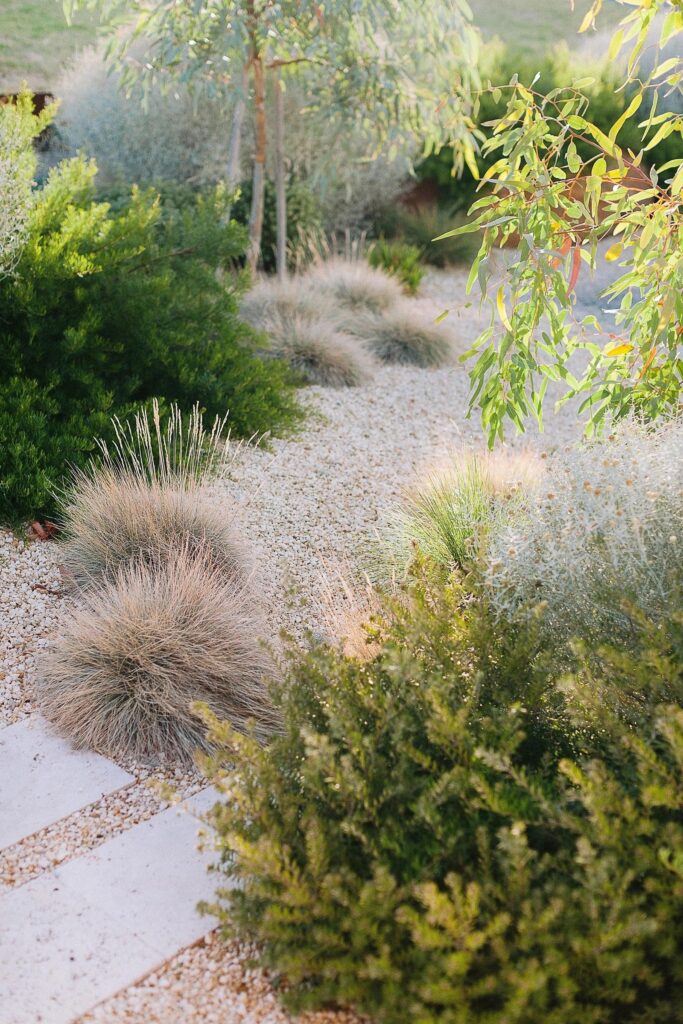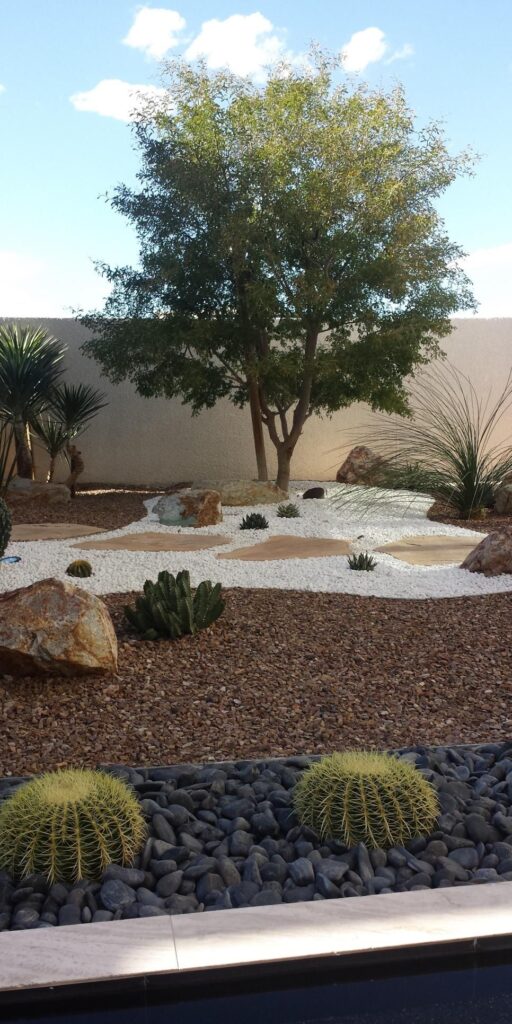Landscaping with xeriscape is a great way to create a beautiful and sustainable outdoor space. Xeriscape is a landscaping technique that focuses on using drought-tolerant plants and minimizing water usage. By incorporating xeriscape principles into your landscaping design, you can create a low-maintenance and water-efficient garden that is both environmentally friendly and visually appealing.
One of the key principles of xeriscape landscaping is the use of native and drought-tolerant plants. These plants are well-suited to the local climate and soil conditions, requiring less water and maintenance compared to traditional landscaping choices. Native plants also provide habitat for local wildlife and help promote biodiversity in the garden.
In addition to choosing the right plants, xeriscape landscaping also involves thoughtful design and planning. By grouping plants with similar water needs together, you can create efficient irrigation zones that minimize water waste. Mulching around plants can help retain soil moisture, reduce evaporation, and suppress weeds, further reducing the need for irrigation.
Another important aspect of xeriscape landscaping is soil preparation. By improving soil quality through the addition of organic matter, you can create a healthy and well-draining soil that supports plant growth and reduces water requirements. Proper soil preparation also helps prevent runoff and erosion, which can be a concern in arid climates.
Xeriscape landscaping can also include hardscaping elements such as gravel paths, stone walls, and terraces. These features not only add visual interest to the garden but also help reduce the amount of water needed for irrigation. By incorporating permeable surfaces and using rainwater harvesting techniques, you can further reduce water usage and promote sustainability in your landscape design.
Overall, xeriscape landscaping offers a practical and eco-friendly approach to gardening that can help conserve water, reduce maintenance, and create a beautiful outdoor space. By following xeriscape principles and selecting the right plants and design elements for your climate and soil conditions, you can enjoy a sustainable and vibrant garden that thrives with minimal water input.

















